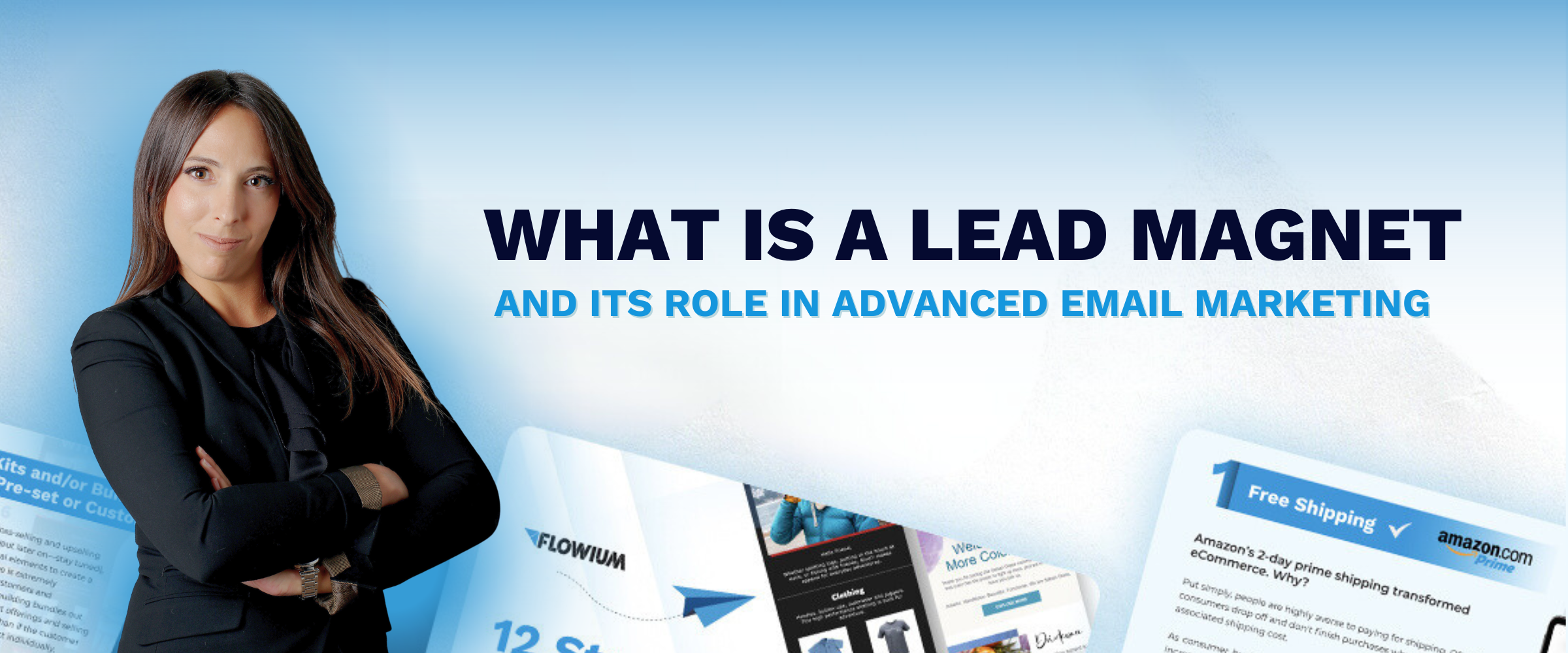Today the number of email users is on the rise. As an e-commerce brand, it is important to keep a track of your email metrics. Most of the important indicators are the open rate and click-through rates. However, your email campaign response rates are equally important as well.
Read on to find out more about what the average email campaign response rate is, how you can measure it, why other metrics are important, and what you can do to improve it.
What are the Average Email Campaign Response Rates?
Email response rates vary depending on:
- The type of email that you are sending
- The email platform you are using
- Your target audience
- The industry you are based in
- And the content of your email.
On average, a good response rate is 10% and after you arrive at a figure, it could be 5 to 10% higher or lower. You should aim for a response rate that is between 15 to 25%.
Depending on your email campaign and experience, this figure could be lower or higher. A good tip to remember is that if your open rates are generally higher, you can expect a high response rate too.
How to Calculate an Email Response Rate?
To calculate your response rate, take the number of unique email responses you get and divide them by the emails that you have successfully delivered and then multiply this figure into a hundred.
Email response rate= Number of Unique Responses/Emails Successfully Delivered X 100
This will give you the percentage of all those who responded to your email out of all those who received it.
When calculating the response rate, it is important to check for all the emails that have been successfully delivered because not all the emails that you send will successfully reach the recipient.
Using an email platform that will automatically track your response rate is easier and more efficient than counting every response manually.
To narrow down your results further, you can segment your email list and test out different response rates among different subscriber groups.

What is a Good CTR for Email Campaigns?
The CTR or click-through rate is another important metric of email marketing. It is defined as the number of people who clicked on at least one link, image, or CTA in your email.
If you have a high CTR, it means that your email marketing campaigns are working and your audiences are acting on them. However, a low CTR indicates that you are not doing things correctly and that you need to improve.
It is important to note that email CTRs change each year and vary upon location and industry. It could happen that one industry’s CTR is much higher or lower than another.
For instance, the CTR for agriculture, forestry, hunting and fishing is 3.66%, whereas the CTR for healthcare services is 2.72%.
To calculate your click-through rate, divide the number of clicks by the total number of emails sent (minus bounces).
CTR= Number of clicks/Total number of emails sent (minus bounces)
The click-through rate will show you the engagement of your email. The average CTR for an email campaign should be around 2.6%.
What is the Average Bounce Rate for Email Campaigns?
Calculating your email bounce rate is important as well because it shows how many clients did not receive your email and hence they cannot reply to it.
There are two types of bounces: soft bounces and hard bounces.
Soft bounces
Soft bounces take place due to temporary reasons such as:
- When the inbox is full
- Your domain being blocked
- Your message size is too large for the server.
Hard bounces
Hard bounces are permanent due to the following reasons:
- Incorrectly supplied email
- Invalid or expired email address
- No mail server for the given address.
On average, bounce rates are okay if it is under 2%. However, if it is over 2% you need to fix this problem.
A bounce rate that is approaching 5% means that you need to take action and if it goes up to 10% then something is seriously wrong.
Good Ways to Fix Your Bounce Rate
- A good way to fix your bounce rate is by cleaning your list and getting rid of addresses that you know will bounce.
- On your email subscription forms, use a double opt-in where the recipient has to confirm their email address twice before they can be added to your list.
- Avoid using free email service providers even though they are trustworthy. It is always better to send an email campaign from your domain.
- Send emails regularly and make sure that the content is great, else your subscribers will mark it as spam.
- Remove inactive subscribers.
- Don’t forget to monitor your bounce rate for all your email campaigns because they can change very quickly.

How Will Email Campaign Response Rates Affect Your eCommerce Brand?
Email response rates are a very important metric and will affect your brand in the long run. They will indicate what your future leads and sales will be like.
However, you should keep in mind that the response rates vary based on the industry you belong to, your audiences, and the content you deliver.
How to Improve Email Response Rates
Listed below are some ways in which you can improve your email campaign response rates.
- Don’t forget to segment your list into specific categories.
- Use personalization in your emails as these perform much better than generic emails.
- Find the right time and frequency at which to send emails. For instance, studies show that emails were opened more often on the weekends.
- Deliver good quality and valuable content to your subscribers.
- Use objective subject lines.
- Optimize your emails for mobiles and tablets.
Email campaign response rates will keep changing with time. The main goal is to aim to do better than your last campaign by closely monitoring different metrics and keeping an eye on the average response rates of the industry that you are currently in.
Further Reading
What Is an Email Nurture Campaign? The Complete Guide
How to Write a Successful Email Follow Up Series
What Is the Best Time to Send an Email Campaign?







